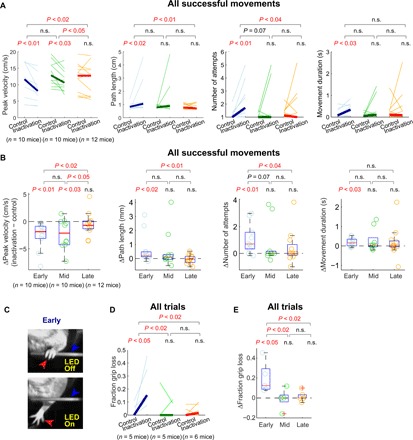Fig. 3. M1 inactivation affects successful movements and grips on the joystick at the early stage.

(A) Inactivation effects on movements that successfully entered the target. The peak velocity, path length, number of attempts to reach the target, and movement duration, in control versus inactivation trials, at the three learning stages. Mice that did not make any successful movement under inactivation were excluded from this analysis. Two-sided pairwise comparison between control and inactivation trials within each learning stage are displayed. For the effect size comparison between different learning stages, one-sided unpaired comparison was performed on the differences between control and inactivation trials in each stage. (B) Inactivation-induced changes in the peak velocity, path length, number of attempts, and movement duration of all movements that successfully entered the target. The same statistical tests as in (A) are displayed. (C) Example frames from videography showing the forepaw (red arrowhead) and the joystick (blue arrowhead) during a control trial (top) and an inactivation trial (bottom) during the early stage of learning. (D) The fraction of trials in which mice lost their grip on the joystick, in control versus inactivation trials, at the three learning stages. (E) Inactivation-induced changes in the fraction of trials in which mice lost their grip on the joystick.
